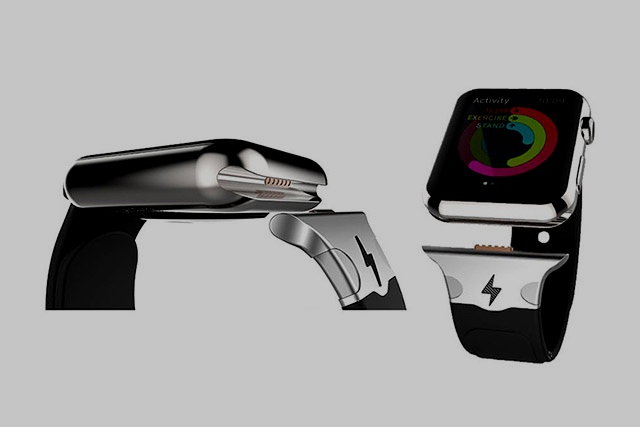
Will Apple Watch Charging Bands Burn Your Wrist, Part 2
Adrian Kingsley-Hughes, ZDNet:
Playing with [the undocumented diagnostic port] could lead to all sorts of unexpected side effects. For a homebrew project it’s fine to do things like this (at worse, if things go wrong and you invalidate your warranty or let the magic some out of your Apple Watch, you’ve only hosed your own Apple Watch), but for a commercial project, this makes me uneasy. It makes me doubly anxious combining an undocumented port with lithium polymer batteries worn next to the skin.
This again? Sheesh.
Look, your iPhone has a big scary lithium-ion polymer battery inside, but you caress its naked form with bold impunity. You charge your metal, electricity-conducting handset via an exposed port while holding it in your sweaty, electricity-conducting hand, never giving your safety a moment’s thought. Why?
Because you take for granted that both the handset’s battery and charging interface are adequately shielded. (Because, you know, they are.) In fact, you’d be hard-pressed to find a commercial electronics product designed to keep its powerpack exposed to the user. Sure, accidents happen. Apple’s handsets have caught fire in the past due to bad batteries, and they’ve even exploded a few times, causing injury to users. Your Apple Watch might blow up and mangle your wrist, but it’s a one-in-a-million shot, so you wear the thing anyways. Presumably, one responsibly manufactured LiPo battery is as safe — or dangerous — as the next.
Why, then, do folks who ought to know better continue to advocate the fearmongering nonsense that Apple Watch charging bands will be literal batteries wrapped around your wrist, with their open components and contacts carrying electricity directly into your delicate flesh? Do they imagine the makers of such devices want to be class-actioned into bankruptcy the second they bring their products to market?
That’s stupid.
Any consumer Apple Watch charging band is going to have a sequence of tiny segmented batteries on the inside, with all the scary, dangerous bits shielded behind barrier layers of various resins, fabrics, leathers, plastics, and so on. There are plenty of flexible insulators capable of getting the job done.
It’s fine to be concerned for your readers. It’s even fine to pretend to be concerned for your readers. It’s not as fine to denigrate an emerging accessory market without doing the requisite research to see if those concerns are justified before passing them along to gullible others.
The traffic isn’t worth your integrity.
If you want to read how a tech writer responsibly dissects the pros and cons of the “diagnostic port” charging band, check out Jeremy Horwitz’s actual good advice at 9to5Mac.